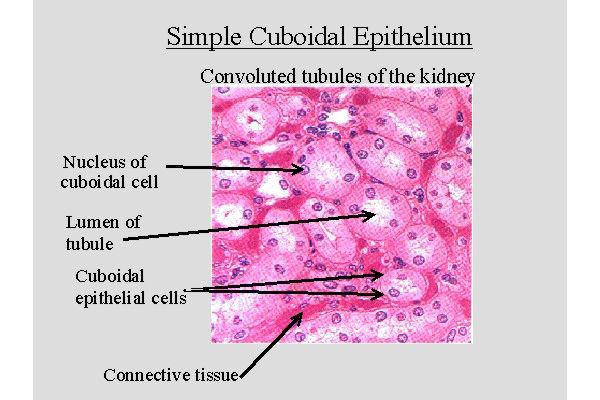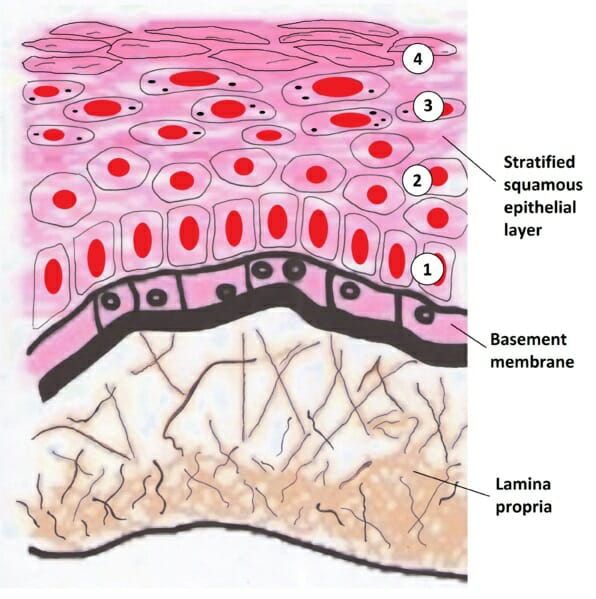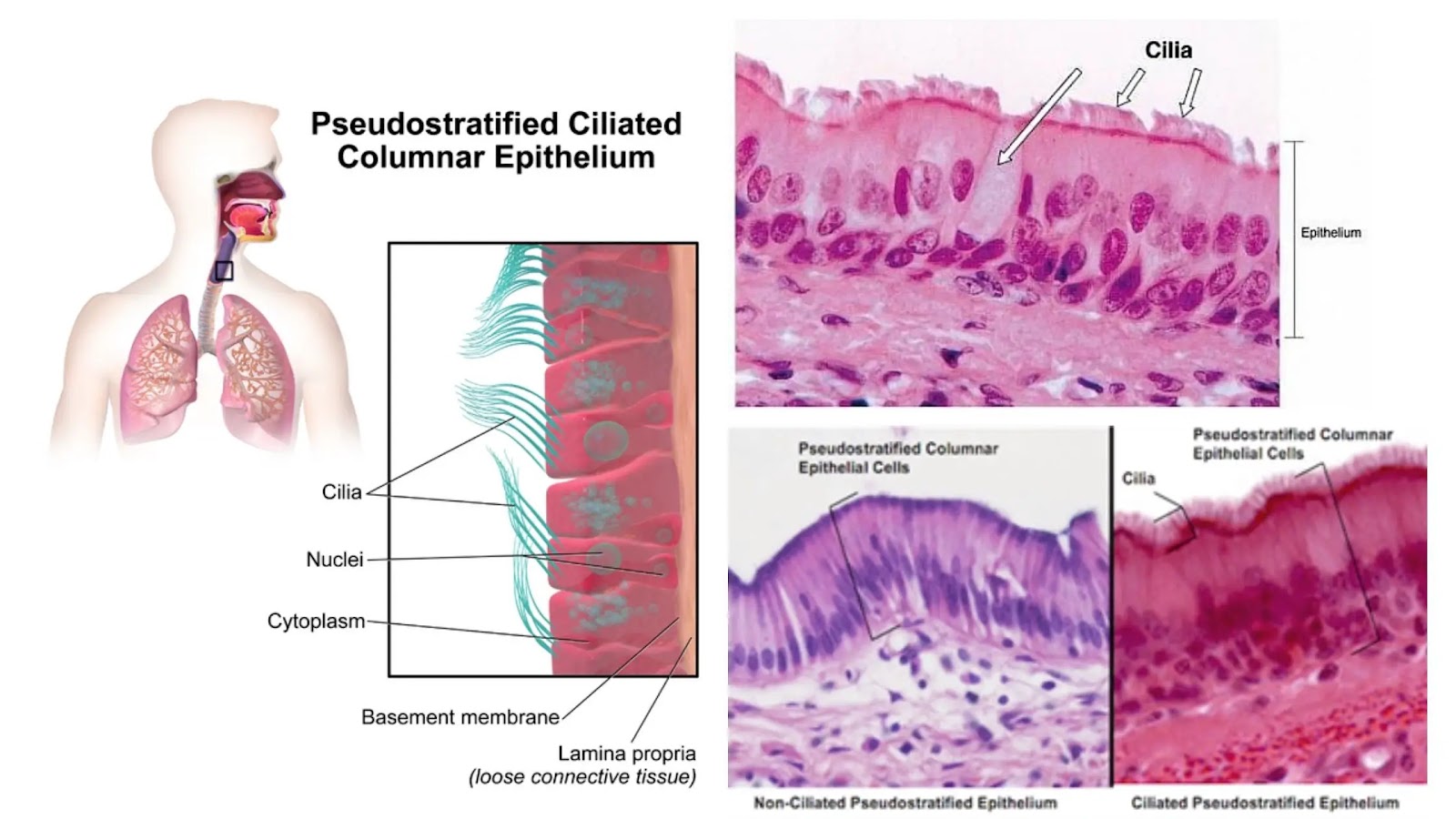There are 4 basic types of tissue:-
1.connective tissue
2. epithelial tissue
3. muscle tissue
4.nervous tissue
Epithelial tissue provides a covering (skin, the linings of the various passages inside the body
Epithelium is one of only 4 types of human body tissues. It is formed by cells within an extracellular matrix (ECM).
The cells in this tissue are tightly packed within a thin ECM. Forming sheets that cover the internal and external body surfaces (surface epithelium) and secreting organs (glandular epithelium).
Function of epithelial tissue:- secretion, protection, absorption, transportation and special sensory receptive.
STRUCTURE:-
Epithelial cells are the building blocks of epithelial tissue. Epithelial cell membranes have three regions (domains).This feature is called membrane polarity.
1.apical domain
2. lateral domain
3.basal domain
Apical poles :- project towards the external surface or the lumen of an organ which epithelia cover, so they’re also called free surfaces or free domains. Apical specializations are different types of fingerlike cytoplasmic extensions of the apical surface.
Apical specializations
Apical specializations are different types of fingerlike cytoplasmic extensions of the apical surface. They differ in their length, motility and function. There are three types of specializations;-
Microvilli - are microscopic protrusions of the cell membrane which mainly function to increase the apical surface area for absorption. Large quantities of microvilli are said to form a 'brush border', due to their appearance in histological preparation. The enterocytes of the small intestine has such specializations to facilitate absorption of food in the gut.
Stereocilia - a type of microvilli, but these are immotile and longer than microvilli. Their functions are absorption (epididymis and ductus deferens) and mechano-sensory reception (inner ear)
Cilia - fingerlike structures present on almost every epithelial cell. There are three types of cilia; motile, non-motile (primary) and nodal. Their respective functions are; removing foreign particles from the epithelial surface, transportation of signals from the ECM to the intracellular space, and fetal development.
Lateral specialization -Tight junctions are specialized regions of the lateral membrane that act as a seal between adjacent epithelial cells, preventing the movement of molecules between the cells. They are composed of a complex of transmembrane proteins that form a barrier that regulates the paracellular transport of ions and small molecules.Overall, the lateral specialization of epithelial cells allows them to perform diverse functions while maintaining their barrier function and structural integrity. This specialization is critical for the proper functioning of many organs and tissues in the body, such as the kidney, lung, and intestine.
Basal specialization -The basal membrane of epithelial cells is anchored to the underlying ECM by specialized structures called hemidesmosomes. Hemidesmosomes are composed of transmembrane proteins that connect the basal membrane to intracellular cytoskeletal components such as intermediate filaments.
basal membrane also contains a variety of specialized molecules that play important roles in cell signaling and differentiation. For example, integrins, a class of transmembrane receptors, are located on the basal membrane and allow cells to interact with the ECM and receive signals that regulate cell behavior.
TYPES OF EPITHELIAL TISSUE :-
The main types of epithelial tissue are:
FLOW CHART:-
Simple squamous epithelium: This type of tissue consists of a single layer of flattened cells. It is found in areas of the body where rapid diffusion or filtration is required, such as the alveoli of the lungs and the walls of capillaries.
Simple cuboidal epithelium: This type of tissue consists of a single layer of cube-shaped cells. It is found in areas of the body where secretion and absorption take place, such as in the kidney tubules and in the glands.
Simple columnar epithelium: This type of tissue consists of a single layer of tall, rectangular-shaped cells. It is found in areas of the body where absorption and secretion take place, such as in the lining of the small intestine.
Stratified squamous epithelium: This type of tissue consists of multiple layers of flattened cells. It is found in areas of the body that are subjected to mechanical and chemical stress, such as the skin, mouth, and esophagus.
Pseudostratified columnar epithelium: This type of tissue appears to be stratified due to the varying heights of its cells, but all the cells are in contact with the basement membrane. It is found in areas of the body that require protection from pathogens, such as the respiratory tract.
Transitional epithelium: This type of tissue is found in the lining of the bladder and ureters, and is able to stretch and expand as the bladder fills with urine.
In addition to these main types, there are also specialized types of epithelial tissue such as ciliated epithelium (which has hair-like structures called cilia that move mucus and debris) and glandular epithelium (which produces and secretes substances such as hormones, enzymes, and mucous).
















